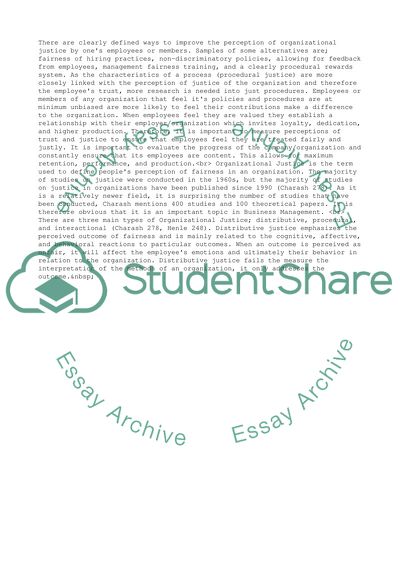Cite this document
(Organizational Justice is Vital to Employee Retention Assignment, n.d.)
Organizational Justice is Vital to Employee Retention Assignment. Retrieved from https://studentshare.org/management/1530310-organizational-justice-assignment
Organizational Justice is Vital to Employee Retention Assignment. Retrieved from https://studentshare.org/management/1530310-organizational-justice-assignment
(Organizational Justice Is Vital to Employee Retention Assignment)
Organizational Justice Is Vital to Employee Retention Assignment. https://studentshare.org/management/1530310-organizational-justice-assignment.
Organizational Justice Is Vital to Employee Retention Assignment. https://studentshare.org/management/1530310-organizational-justice-assignment.
“Organizational Justice Is Vital to Employee Retention Assignment”, n.d. https://studentshare.org/management/1530310-organizational-justice-assignment.


